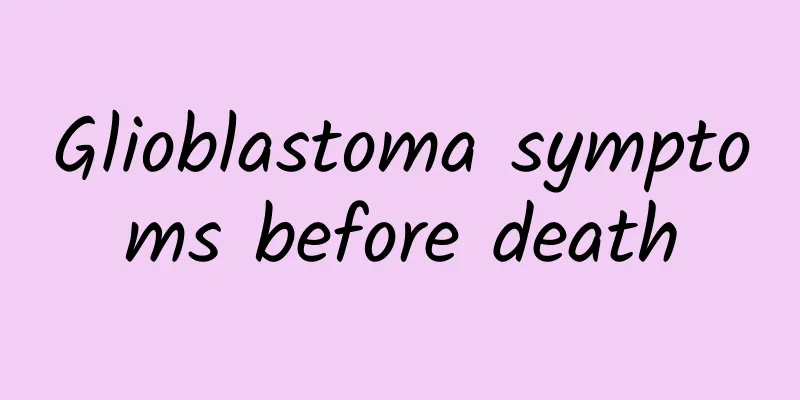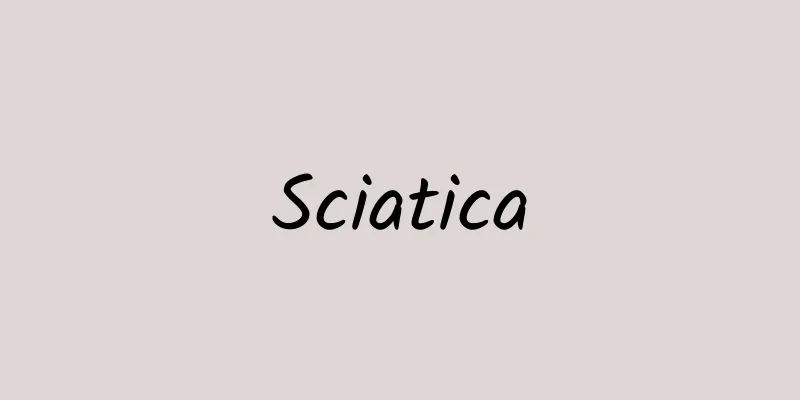Glioblastoma symptoms before death

|
Glioblastoma is a malignant tumor with relatively high harm. Its malignancy is relatively high and it poses a great threat to the patient's life safety. It often puts the patient in danger of death. When the intracranial pressure increases, it often causes pain in the patient, projectile vomiting, optic disc edema, hemiplegia, blindness, etc. Glioblastoma is the most malignant glioma among astrocytic tumors. The tumor is located under the cortex, and most of them grow in various locations in the supratentorial cerebral hemispheres. It grows in an infiltrative manner, often invading several cerebral lobes and deep structures, and may also spread to the contralateral cerebral hemisphere through the corpus callosum. The most common site of occurrence is the frontal lobe. Glioblastoma Causes Studies have found that the molecular mechanisms of primary glioblastoma and secondary glioblastoma are different. The molecular changes of primary glioblastoma are mainly amplification and overexpression of epidermal growth factor receptor (EGFR), while the molecular changes of secondary glioblastoma are mainly mutations of p53. Clinical manifestations of glioblastoma Glioblastoma grows rapidly, with 70% to 80% of patients having a disease course of 3 to 6 months, and only 10% having a disease course of more than 1 year. Patients with a longer course of disease may have evolved from less malignant astrocytomas. Due to the rapid growth of the tumor, extensive cerebral edema and obvious symptoms of increased intracranial pressure, all patients had symptoms of headache and vomiting. Symptoms of optic disc edema include headache, mental changes, limb weakness, vomiting, impaired consciousness and speech disorders. The tumor infiltrates and destroys brain tissue, causing a series of focal symptoms. Patients have varying degrees of hemiplegia, hemisensory disturbance, aphasia, and hemianopsia. Neurological examination may reveal hemiplegia, cranial nerve damage, hemisensory impairment, and hemianopsia. The incidence of epilepsy is less common than that of astrocytoma and oligodendroglioma, but some patients experience epileptic seizures. Some patients show mental symptoms such as apathy, dementia, and intellectual impairment. Glioblastoma Treatment Glioblastoma is mainly treated with surgery, radiotherapy, chemotherapy and other comprehensive treatments. 1. Surgery The surgery should be done to remove as much tumor as possible without aggravating neurological dysfunction. Expanding the range of tumor resection can not only effectively reduce internal decompression, but also alleviate postoperative cerebral edema and reduce the incidence of neurological complications. If the tumor is located in an important functional area (language center or motor center), in order not to aggravate brain function disorders, most of the time only partial resection can be performed. For tumors located in the brain stem, basal ganglia and thalamus, the tumor can be strictly removed under a microscope, and external decompression can be performed at the end of the operation. 2. Radiotherapy, chemotherapy and immunotherapy Routine postoperative radiotherapy should be performed, and chemotherapy or immunotherapy may also be combined. Recent literature reports that radiotherapy after surgery, chemotherapy every 2 months after radiotherapy, and immunotherapy at the same time can enable some patients to achieve a longer remission period. |
<<: Can medulloblastoma be cured?
>>: What else can the nose do if it can breathe?
Recommend
Are test strips accurate?
With the development of medical technology in my ...
Can salicylic acid ointment cure chicken skin disease?
Chicken skin disease is a relatively common skin d...
What is Teeth Cleaning Sandblasting?
Sandblasting is made of perlite. Under the action...
What causes calf sweating?
Some people may be surprised to see sweat in thei...
Do you feel a layer of hard skin on your face?
Many people have had similar experiences of feeli...
How to treat white spots on legs?
The human skin is the outermost layer of the huma...
Scrape your back to test your lung function. Be careful if you have this phenomenon
According to TCM theory, the lungs are a "de...
What causes frequent blisters on the upper lips? This is the culprit!
Why do blisters occasionally appear on your lips?...
Do oysters have aphrodisiac effects?
Oysters are a common seafood, with rich meat, swe...
What is the cause of Zusanli pain?
Zusanli is a relatively common acupoint. It is an...
Don't panic if you have a hot constitution, here are some tips for conditioning
We all know that people's physiques are divid...
Why does a woman suddenly lose weight?
For women, if they suddenly experience symptoms o...
Hepatitis A, B, and C
Many times there may be some sources of infection...
What causes dysmenorrhea to vomiting?
Normal dysmenorrhea will only cause mild diarrhea...
What are the disadvantages of drinking wolfberry soaked in water frequently?
Wolfberry is a very good Chinese medicinal materi...









